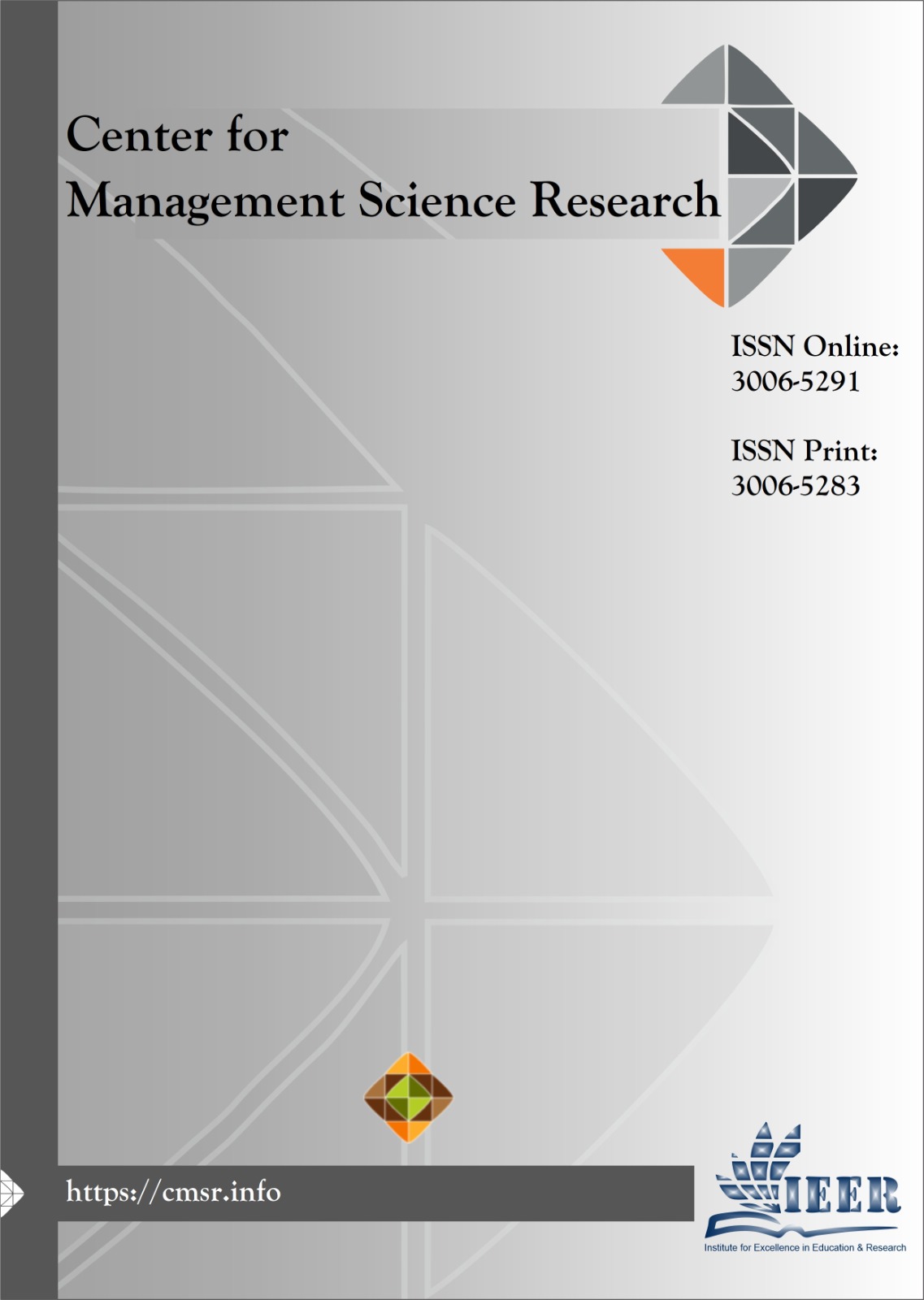DEMOGRAPHICS, CLINICAL PROFILES, AND HEALTHCARE UTILIZATION OF PATIENTS WITH BETA THALASSEMIA MAJOR: A MULTI-CENTER STUDY
Keywords:
Beta Thalassemia; Demographics; Age; Weight; BurdenAbstract
Thalassemia is an inherited autosomal recessive blood disorder that occurs due to abnormal form of hemoglobin in the blood. It is an autosomal recessive condition caused by decreased formation of alpha or beta chains of hemoglobin. Pakistan continues to suffer from a high thalassemia burden with statistics rising every year. With around 10 million carriers across the country, it is reported that each year, around 5000 children are diagnosed with thalassemia. The aim of this study is to bridge the gap between the problems faced by thalassemia patients in Pakistan and the facilities not available to them as compared to the developed countries.
Method: A cross- sectional study was conducted with the duration of this study was 7 months. The data was collected from six tertiary care hospitals and eight Thalassemia centers, with the selection based on the accessibility of data.
The inclusion criteria for the study was: a clinical diagnosis of Beta Thalassemia Major and age group between 1-18 years, irrespective of gender. The exclusion criteria included patients who were over 18 years of age and had comorbidities or complications other than Beta Thalassemia Major, as well as those who did not give consent.
A questionnaire was circulated to record the data. It had two parts. The first part included demographics and the second part had close-ended questions related to the treatment of Thalassemia.
Results: There were 255 participants whose percentage of males and females was 47.8 and 52.2 respectively. It is established that age was positively correlated with visits to hospitals that patients with Beta Thalassemia made that as age increases, patients with the condition had more visits to hospitals (r = 0.25, p < 0.05, 95% CI [0.12, 0.38]). Another positive correlation between the weight and frequency of blood transfusion in B-thalassemia major patients (r = 0.22, p < 0.05, 95% CI [0.15, 0.35]) as well as between the weight and liver function tests that were performed per year in thalassemia patients (r = 0.28, p < 0.05, 95% CI [0.15, 0.41]) were also found.
Conclusion: These findings indicate how parties to BTM patients, whether regarding age and weight, have increased into a healthcare issue that needs greater initiatives by the government, preventive measures, and equal access to care in Pakistan as compared to the developed nations.
data from six tertiary care hospitals and eight Thalassemia centers. A questionnaire was used to record data on demographics and close-ended questions related to thalassemia treatment. Positive correlations were observed between age and hospital visits, liver function tests, viral profiles, and CBCs conducted. Weight was positively correlated with the frequency of blood transfusions and liver function tests conducted per year.









